

CarExpert.com.au
The CarExpert team's favourite cars of 2025
7 Hours Ago
The expanded Jeep Grand Cherokee range now won't reach Australian showrooms until the new year, leaving the three-row L to hold down the fort.

News Editor
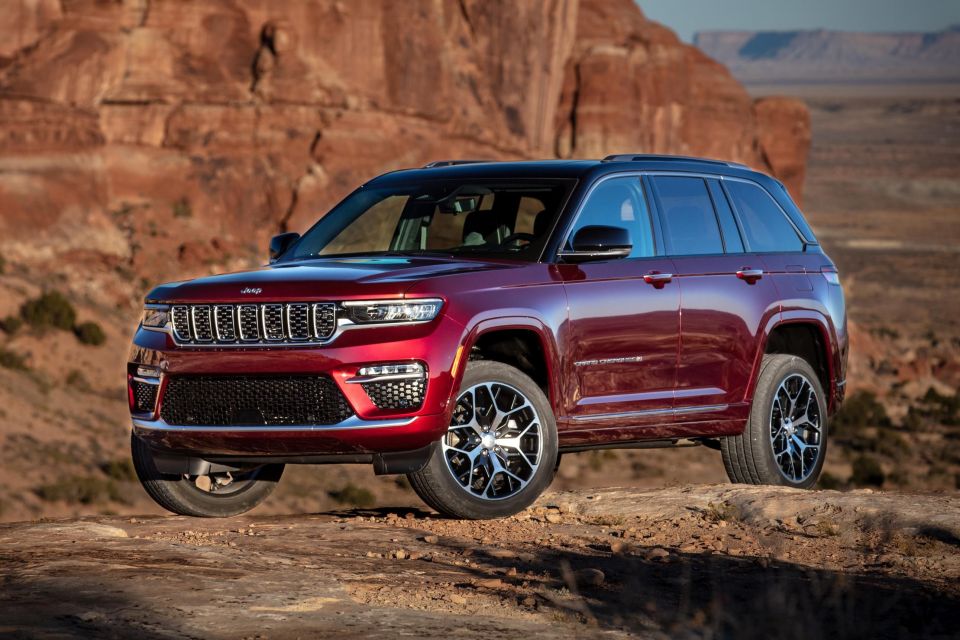

News Editor
The launch of the shorter, five-seat version of the new WL-series Jeep Grand Cherokee has been pushed into next year.
A spokesperson for Jeep Australia has confirmed it will now launch locally in the first quarter of 2023, instead of at the end of this year as had previously been announced.
Delays have also pushed the launch of the 4xe variant, Jeep Australia’s first plug-in hybrid offering, into the second quarter of 2023.
While a specific reason for the delay wasn’t cited, CarExpert understands it’s due to the same kinds of supply chain issues affecting myriad automakers. Jeep has also cited supply chain issues as one of the reasons for recent price increases across its range.
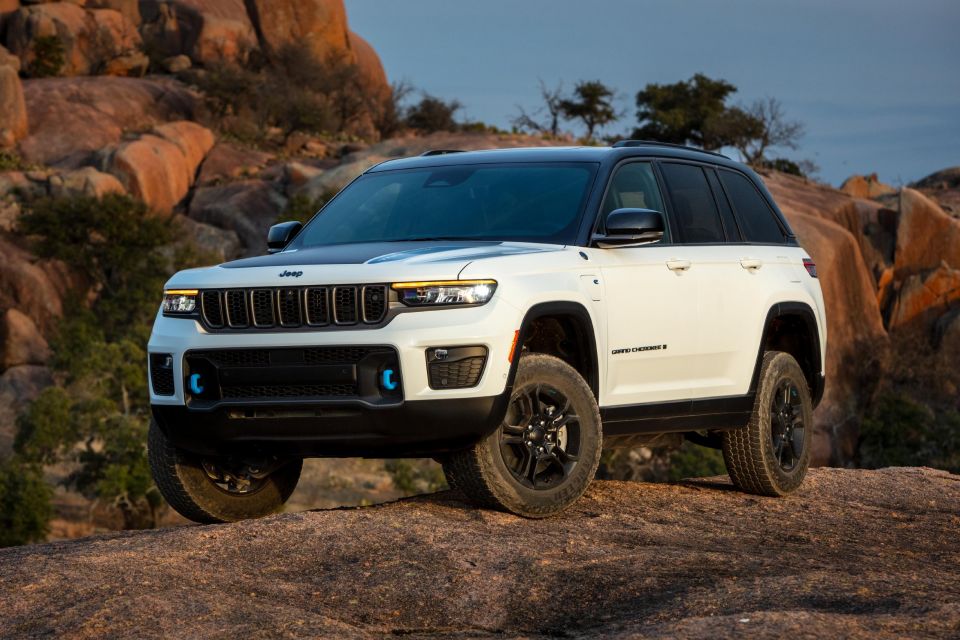
CarExperthas previously understood the two-row line-up will be offered in Night Eagle, Limited and Summit Reserve trims like the longer L, with the 4xe only expected to be offered in the two higher trims.
The shorter two-row body is also offered in a more off-road-ready Trailhawk variant in North America. The L isn’t offered in Trailhawk guise anywhere at present, but the previous WK2-series Grand Cherokee was available as a Trailhawk in Australia.
Jeep currently advertises its Grand Cherokee L range with a base price of $83,500 before on-road costs, with the Limited costing $89,500 and the Summit Reserve costing $116,700. Naturally, we expect the shorter two-row to be more affordable, though it’s unclear by how much.
We do know how much shorter it will be, however: at 4915mm long, it’s 287mm shorter than the L.
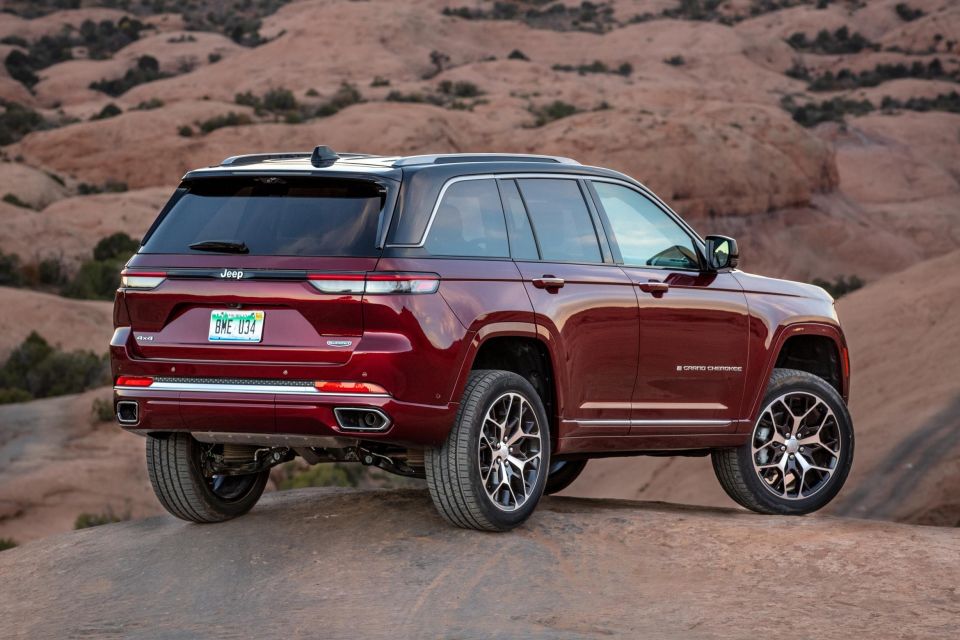
The 266kW/530Nm 5.7-litre Hemi petrol V8 hasn’t been introduced locally, which means all Grand Cherokee models sold in Australia exclusively use the naturally aspirated 3.6-litre Pentastar petrol V6.
This produces 210kW of power and 344Nm of torque. Jeep’s global CEO Christian Meunier says it would be “feasible” for its new, more powerful inline sixes to be installed in the Grand Cherokee, but stopped short of confirming such an addition.
In the meantime, the most powerful Grand Cherokee that will be offered locally will be the 4xe, which mates a turbocharged 2.0-litre four-cylinder engine with an electric motor and a 17kWh battery, for total system outputs of 280kW and 637Nm.
The Wrangler range is also offered with a turbo 2.0-litre plug-in hybrid powertrain in other markets, but this hasn’t been engineered for right-hand drive.
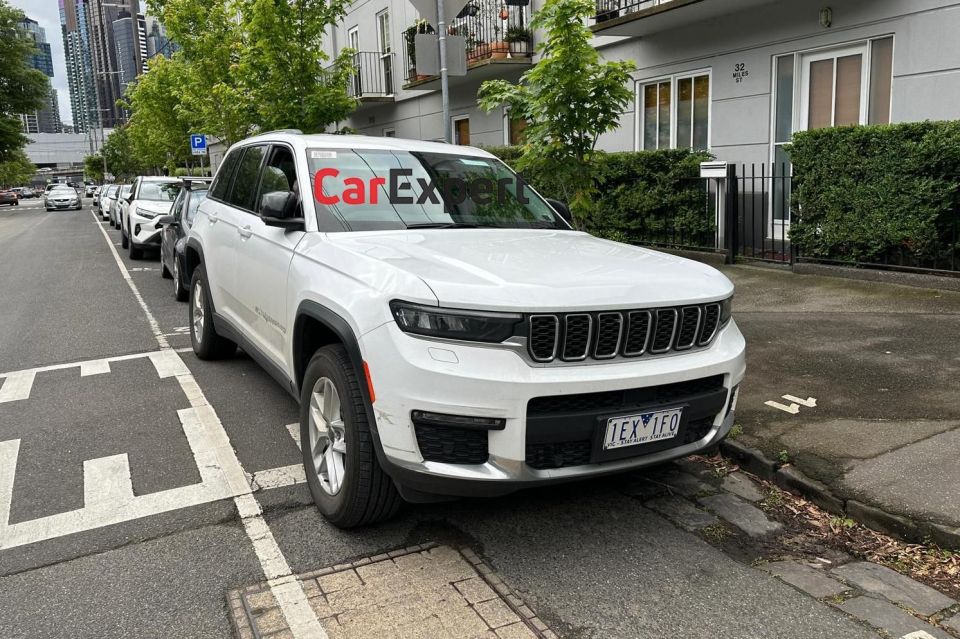
CarExpert this week spied an example of the two-row Grand Cherokee testing in Melbourne.
“The two-row WL is already here. And it’s already being tested and evaluated, all the data is being fed back,” Jeep Australia managing director Kevin Flynn told CarExpert in May.
“We’ve got a full-time employee who’s just working on that project, and feeding back the data. And so yeah, it’s happening. And there’ll be a continued commitment to do that.”
Mr Flynn said it was “more about validation” than developing a bespoke tune for the local market.
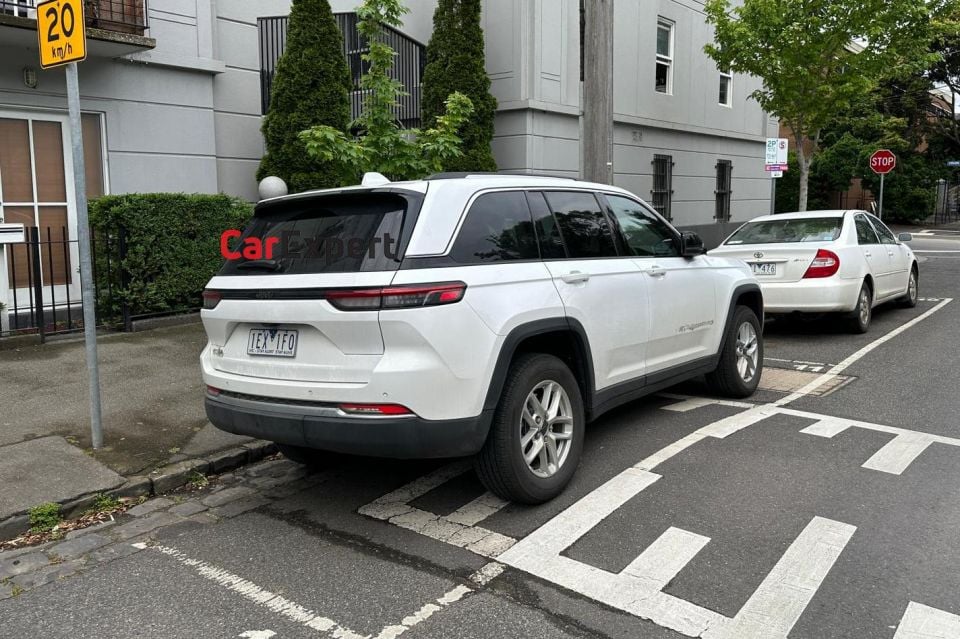
“In all fairness, whilst there is a certain uniqueness about the environment here, one of the big ones is just the sheer length of dirt road-type environments plus the heat. That’s very, very important for us,” said Mr Flynn, noting the WL was developed across around 10 countries.
“So when they then pull the settings together and then set the vehicle for us, we validate that that specification is either right or wrong or whatever, and feed that back.
“To be honest with you: the car we got is spot on.”
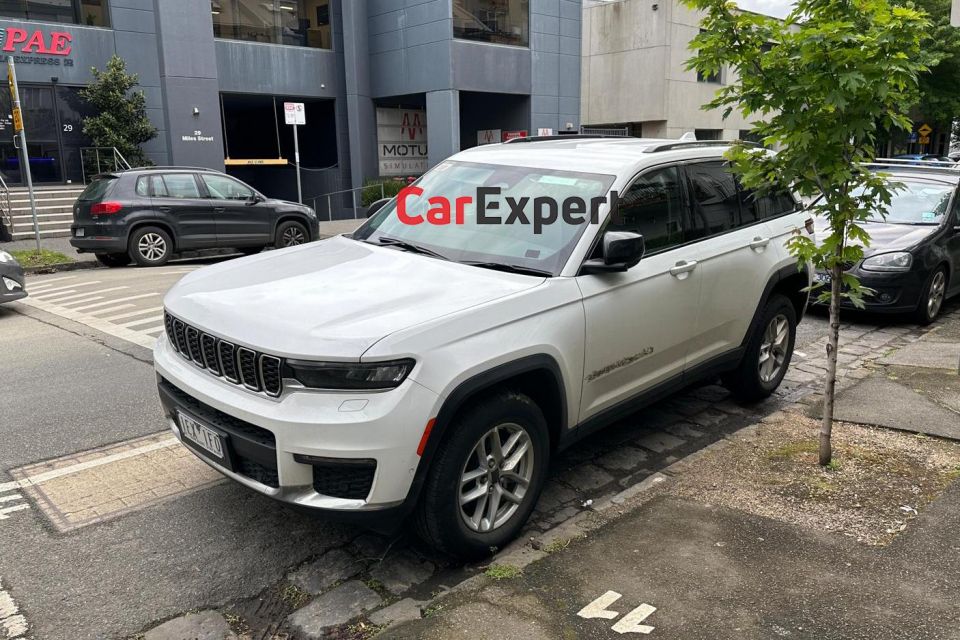
The plug-in hybrid Grand Cherokee 4xe is also being tested locally. The 4xe is available globally only in the shorter, two-row body and not the three-row L.
The example photographed appears to be a base petrol Laredo here for engineering and evaluation purposes, with its badges removed.
We don’t necessarily expect the two-row WL range to open with a Laredo as Jeep Australia has been moving away from offering these entry-level trims seen in the North American market.
“I think if you look over, say the last three years, we’ve slowly moved the vehicles with their levels of specification, the way that they’ve built, the quality of the vehicles into an area that previously, possibly, we were not there. So that’s the direction we’re going and you’ll see more of it,” Jeep Australia managing director Kevin Flynn told CarExpert earlier this year, with the company referring to itself as a “premium” brand.
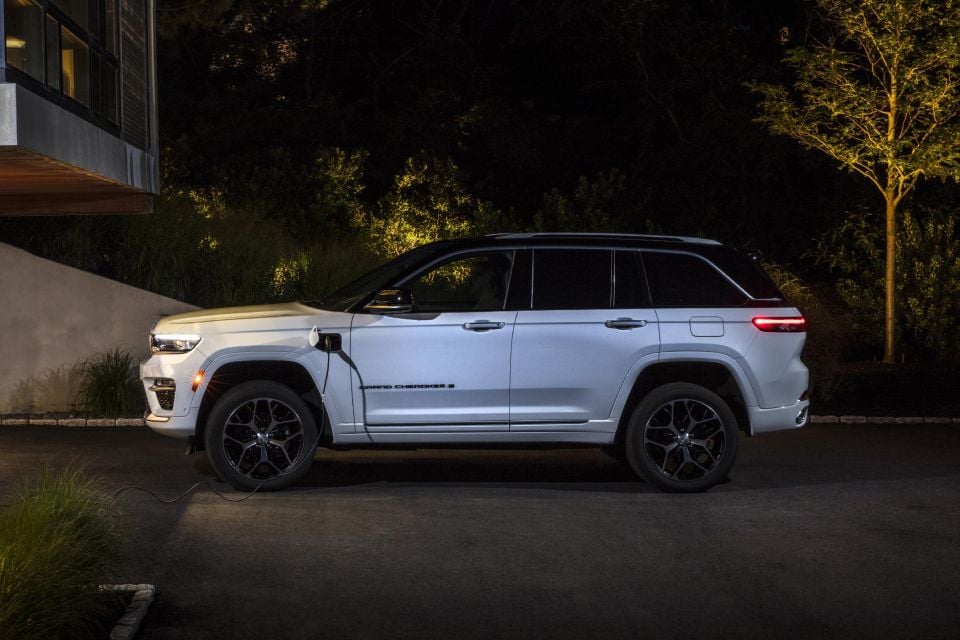
Currently, every member of the local Jeep line-up now opens with a sportier-looking Night Eagle trim instead, including the three-row Grand Cherokee L that launched earlier this year.
As with the three-row L, don’t expect to see a diesel even though a significant number of large SUVs still offer an oiler, with the 3.0-litre turbo-diesel V6 dying with the previous WK2 series.
The defunct turbo-diesel V6, which is being phased out by corporate parent Stellantis, accounted for around 57 per cent of WK2 Grand Cherokee sales over the years, and its absence is keenly felt in a part of the market where diesels remain popular.
“In this segment I’m told diesel… it’s what we need. If we don’t have diesel, we can’t sell,” Jeep global CEO Christian Meunier told CarExpert in September.
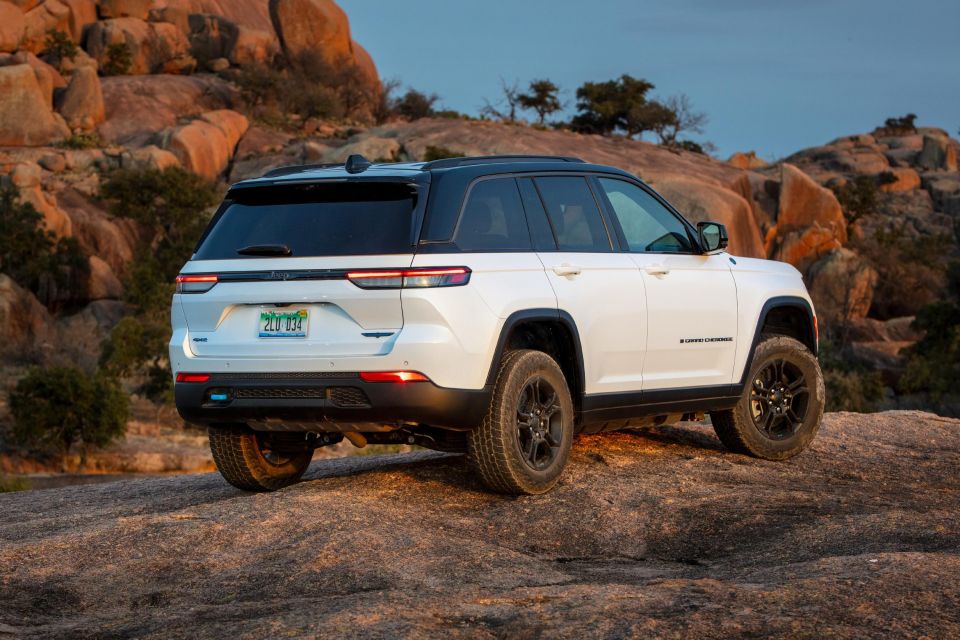
“I don’t believe this stuff. The market is going to evolve, right? Because diesel is going to go away. Diesel is going to die.
“It’s going to die in Europe. And because the big volume was coming from Europe and the European manufacturers were really, really promoting diesel.”
Mr Meunier said he sees plug-in hybrids as a good bridge in markets like Australia until there’s infrastructure more supportive of full electric vehicles.
The company has confirmed its first EVs for Australia – the rugged Recon and more luxurious Wagoneer S – but hasn’t confirmed launch timing. Both models won’t enter production until 2024.
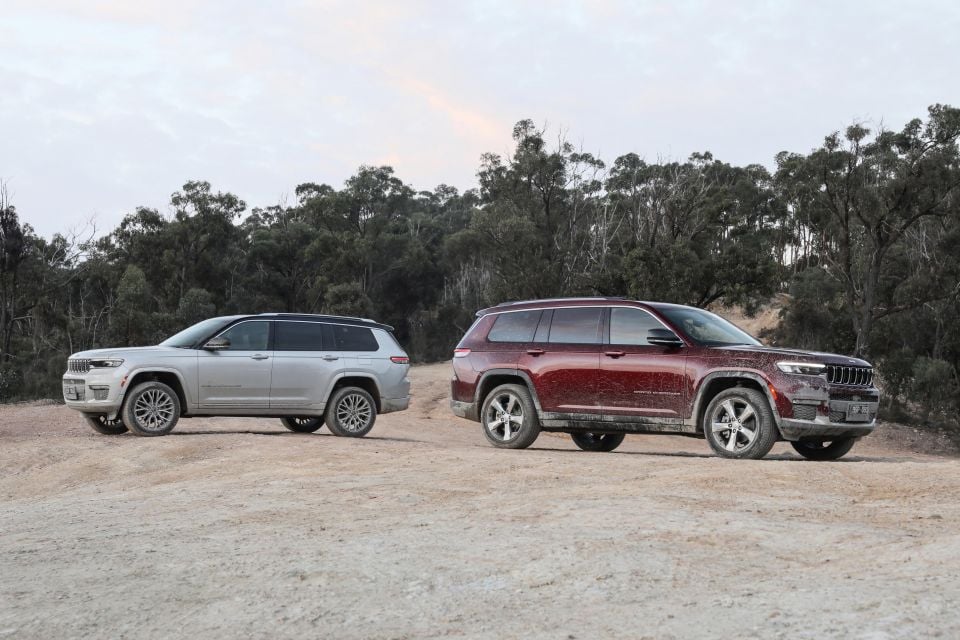
Grand Cherokee sales are down 37.9 per cent year-to-date to 1584 units as Jeep continues the transition from the old WK2 series to the new WL.
The Grand Cherokee line now offers a third row of seating for the first time, but the new WL lacks the turbo-diesel V6 and petrol V8 options of the WK2, of which stock has dried up.
Jeep ended production of the fourth-generation Grand earlier this year, after allowing it to overlap with the new WL.
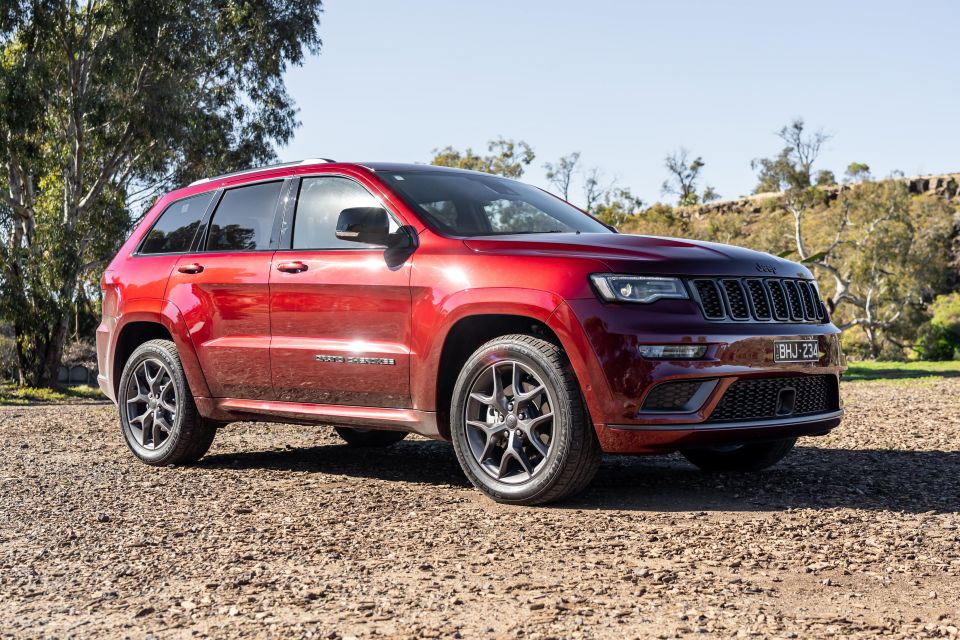
The introduction of the two-row model will give the Grand Cherokee a more affordable entry point, while the arrival of the 4xe will give it an additional powertrain – though it remains to be seen whether the new series will be able to match its predecessor in sales.
In its best year, 2014, Jeep sold 16,582 Grand Cherokees. That was enough to put it ahead of even the Toyota LandCruiser Prado (16,112).
Where expert car reviews meet expert car buying – CarExpert gives you trusted advice, personalised service and real savings on your next new car.
William Stopford is an automotive journalist with a passion for mainstream cars, automotive history and overseas auto markets.


CarExpert.com.au
7 Hours Ago


Damion Smy
20 Hours Ago


Damion Smy
23 Hours Ago


Damion Smy
1 Day Ago


Damion Smy
1 Day Ago


Damion Smy
1 Day Ago